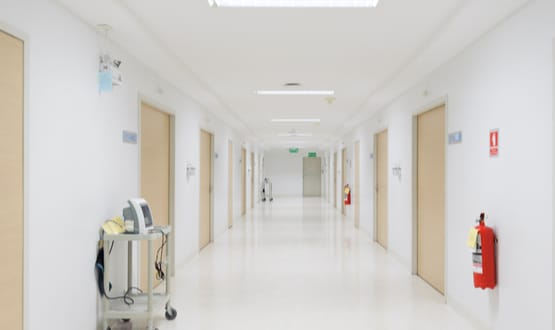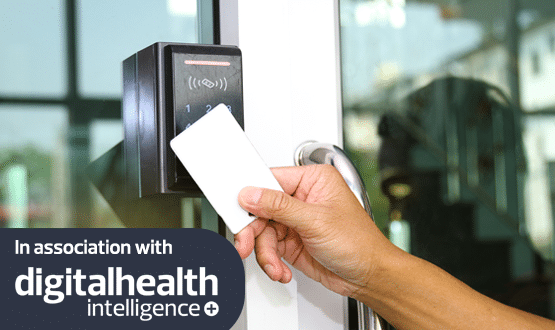How a joined-up Covid-19 response can help tackle the care deficit
- 23 December 2020

The first wave of Covid-19 brought many positive changes in healthcare – from accelerated use of technology to greater collaboration between different disciplines. Ian Bailey, senior clinical director and Edward Clode-Baker, clinical director at EMIS, argue why these achievements must be built upon.
There is no doubt that the NHS excelled in the face of the pandemic.
As the health service experienced one of its greatest challenges, doctors, nurses, pharmacists and other healthcare workers banded together to treat urgent coronavirus patients, as well as those with other conditions that needed immediate care.
But the first wave caused a care deficit that the NHS is still trying to make up – adding an extra burden as healthcare teams redouble their efforts to care for both Covid and non-covid patients during the second wave.
While this sounds like a mission impossible, we believe that the lessons learned, and the partnerships formed at the height of the pandemic – combined with a new focus on identifying patients most at risk – will steer us through.
Collaboration through technology
The rapid uptake of technology as a result of Covid has been well documented; we estimate that around 40% of all GP-patient contacts are now via online consultations.
When it came to home visits, where technology could not substitute for face-to-face care, community teams became more important than ever, with many taking on extra duties to support patient need.
Again, technology played a pivotal role – with records access through mobile devices and record-sharing ensuring that everyone from a district nurse to a paramedic could see a complete picture of the patient’s care.
In our view, the pandemic has also escalated the implementation and benefits of the new Primary Care Networks. Faced with the challenge of Covid, GP practices, community services and other healthcare services came together. Services have diversified the care they offer, there is much greater shared care and traditional boundaries have been broken down in ways never seen before.
The community pharmacy industry is also demonstrating the significant positive impact that it has on supporting patients and the wider population. The massive increase in the adoption of electronic prescriptions made medicines management quicker, safer and easier for millions of patients.
Tackling the deficit
While changes in working practice and innovation have been positive and vaccination has begun, there is plenty of evidence that the worrying deficit in NHS care continues.
The latest inquiry from the health and social care select committee said the pandemic ‘has placed an unprecedented burden’ on core NHS and care services and ‘patient experience for some has been unacceptably poor’. Research from the Health Foundation showed that 4.7m fewer people were referred for routine hospital care in the first eight months of 2020 compared with the same period last year as the Covid-19 pandemic disrupted NHS services.
This can be for many reasons; because routine appointments were cancelled, because they were too scared to come into the surgery or clinics, or, as in a number of cases, because patients delayed making appointments in an effort to avoid overloading the NHS.
And while there has been an element of self-care, with more patients becoming comfortable with online triage and healthcare apps, the fear is that many of the most vulnerable in society might not be supported via these routes.
With a second wave already upon us and doctors being warned that they will have to further cut back services to deliver a Coronavirus vaccine, it’s more important than ever to identify those most at risk and give them the help they need.
With the technology and the collaboration in place, effective risk stratification is vital. The NHS now needs to identify those most in need to get on top of the care deficit.
Traditional identification of ‘gaps’ in care through individual patient records or patient population reporting can support an approach to identifying those in need. But now is the time to look further, to capitalise on the technology and amalgamate further data such as best practice guidance and medication concordance.
In conclusion
As we head into winter 2020 and beyond, let’s build on the many positive achievements of the first wave – from greater collaboration to more widespread adoption of technology.
But let’s not forget that there is other care to deliver and still some catching up to do.
By working together, with the right technology, we can ensure that every patient is getting the right care, at the right time, in the right place.





3 Comments
Well managed tech @ the national level will equalize H and SC, yep, will level IT up
Good points too about Digital Inclusion. Joined up technology that encompasses online, phone and face to face will ensure that patient care does not disadvantage patients behind in digital adoption, often those in greatest need.
A well written article that summarises the importance of technological gains in healthcare during COVID-19 pandemic and potential to improve patient access to services through sustainable digital transformation.
Comments are closed.